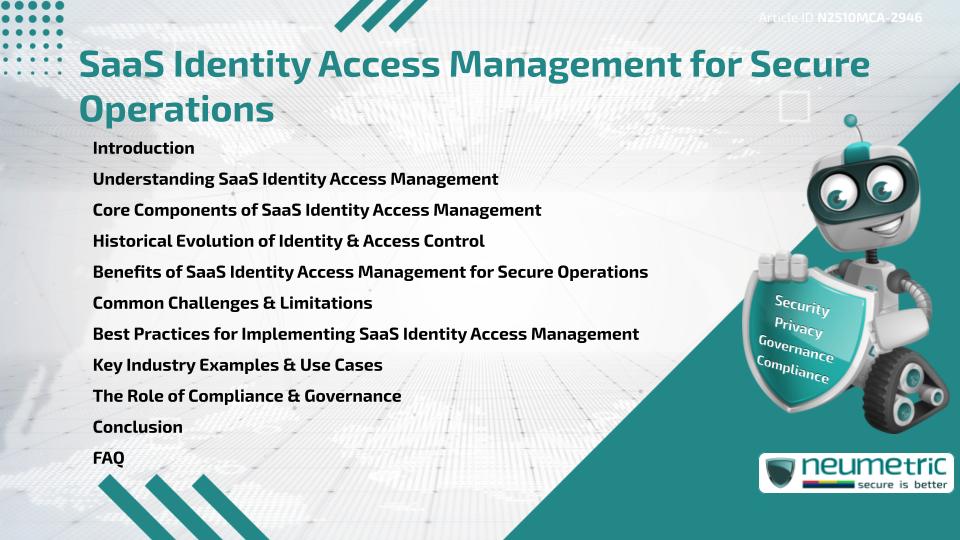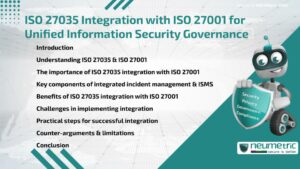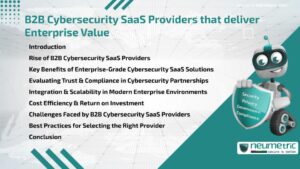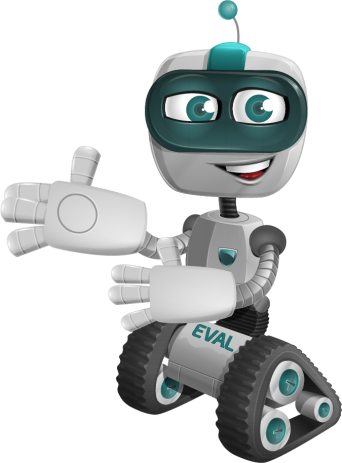Table of Contents
ToggleIntroduction
In the digital age, Organisations rely heavily on Software as a Service [SaaS] applications to operate efficiently. As Cloud adoption increases, so do security Risks linked to unauthorized access & identity misuse. SaaS Identity Access Management plays a vital role in ensuring Secure Operations by managing User identities, permissions & authentication processes. This article explores what SaaS Identity Access Management is, how it strengthens operational security, its historical context, benefits, challenges & Best Practices for modern enterprises.
For enterprises seeking scalable protection, SaaS Identity Access Management serves as a comprehensive Security Framework that ensures only authorized individuals access critical systems, reducing the chances of breaches & compliance violations.
Understanding SaaS Identity Access Management
SaaS Identity Access Management refers to the set of tools & processes used to control User access to Cloud-based applications. It manages how users authenticate, what resources they can access & how their activities are monitored. In simpler terms, it acts as a digital gatekeeper, verifying identity before granting access to sensitive systems.
Organisations today use a variety of SaaS applications like Microsoft 365, Salesforce & Google Workspace. Without a centralized access management system, handling multiple credentials becomes risky. SaaS Identity Access Management unifies these platforms under one secure control layer.
Core Components of SaaS Identity Access Management
Several critical elements define effective SaaS Identity Access Management:
- Authentication: Confirms User identity through credentials such as passwords, biometrics or Single Sign-On [SSO].
- Authorization: Determines User permissions, ensuring access aligns with their roles.
- User Provisioning: Automates onboarding & offboarding to maintain accurate Access Control.
- Multi-Factor Authentication [MFA]: Adds an extra layer of verification for enhanced security.
- Audit & Monitoring: Tracks login activities & anomalies to detect Potential Threats.
Each component works together to establish a robust, secure environment across all SaaS platforms.
For further details, explore IBM’s overview of Identity Access Management.
Historical Evolution of Identity & Access Control
Identity management systems have evolved significantly over the past few decades. In the early 1990s, traditional IT environments relied on simple username-password mechanisms. With the rise of the internet, federated identity systems like SAML [Security Assertion Markup Language] and OAuth emerged to facilitate secure interactions between different platforms.
Today, the SaaS model extends identity management beyond organizational boundaries. This shift emphasizes the need for adaptive Access Control & real-time monitoring to protect against emerging Cyber Threats.
Benefits of SaaS Identity Access Management for Secure Operations
Implementing SaaS Identity Access Management offers multiple security & operational benefits:
- Centralized Control: Enables consistent Security Policies across multiple SaaS platforms.
- Reduced Risk: Minimizes exposure to unauthorized access & insider Threats.
- Improved Compliance: Simplifies adherence to Frameworks such as ISO 27001 & SOC 2.
- Operational Efficiency: Streamlines User management, reducing administrative workload.
- Enhanced Visibility: Provides detailed reporting & analytics for better oversight.
Effective implementation ensures that security & productivity operate hand in hand.
Common Challenges & Limitations
While SaaS Identity Access Management is critical for Secure Operations, it comes with challenges:
- Integration Complexity: Different SaaS platforms may use diverse authentication protocols.
- User Experience Issues: Excessive authentication steps may frustrate users.
- Shadow IT: Unmonitored applications may bypass IAM systems.
- Cost & Scalability: Managing IAM solutions across large enterprises can be resource-intensive.
Balancing security requirements with User convenience remains one of the biggest hurdles for administrators.
Best Practices for Implementing SaaS Identity Access Management
To maximize effectiveness, Organisations should follow these Best Practices:
- Adopt a Zero Trust Model: Assume every access request is unverified until authenticated.
- Enable MFA Across All Applications: Strengthen identity verification mechanisms.
- Automate User Lifecycle Management: Ensure timely revocation of access rights.
- Regularly Audit Access Logs: Detect irregularities early.
- Provide User Training: Educate Employees on the importance of identity security.
Following these principles ensures SaaS Identity Access Management contributes to sustained security & operational resilience.
Key Industry Examples & Use Cases
Leading industries such as Finance, Healthcare & education have embraced SaaS Identity Access Management. In Healthcare, it supports compliance with the Health Insurance Portability & Accountability Act [HIPAA]. Financial institutions rely on it to meet stringent Data Protection Standards & prevent fraud.
Universities use IAM to provide seamless access to online learning platforms while maintaining Data Security. These examples highlight the flexibility & necessity of SaaS Identity Access Management across diverse sectors.
The Role of Compliance & Governance
Compliance plays a crucial role in SaaS Identity Access Management. Organisations must ensure Access Control aligns with Frameworks like GDPR [General Data Protection Regulation], HIPAA & ISO Standards. regular Audits & Governance processes guarantee Transparency & Accountability in identity management.
Conclusion
SaaS Identity Access Management is no longer optional-it is essential for maintaining Secure Operations in a Cloud-driven world. By ensuring that only authorized users can access critical data, Organisations reduce the Risk of breaches & maintain compliance. With the right strategy, technology & Governance, SaaS Identity Access Management becomes the foundation for enterprise security.
Takeaways
- SaaS Identity Access Management centralizes control over Cloud-based User access.
- It enhances security through authentication, authorization & monitoring.
- Adopting Zero Trust & MFA principles strengthens operational resilience.
- Compliance Frameworks guide proper IAM Governance & Risk reduction.
FAQ
What is SaaS Identity Access Management?
It is a Framework that manages User identities & access to SaaS applications, ensuring security & compliance across digital platforms.
Why is SaaS Identity Access Management important?
It prevents unauthorized access, enforces consistent Policies & reduces the Likelihood of security breaches.
How does SaaS Identity Access Management differ from traditional IAM?
Traditional IAM manages on-premise systems, while SaaS IAM focuses on Cloud-based environments with flexible, scalable control.
What role does Multi-Factor Authentication play?
MFA adds additional layers of verification, making unauthorized access significantly more difficult.
Can SaaS Identity Access Management improve compliance?
Yes, it helps Organisations meet regulations such as ISO 27001, SOC 2 & GDPR by maintaining controlled access & Audit trails.
What are the main challenges with SaaS Identity Access Management?
Integration complexity, user experience friction & managing shadow IT are the most common issues.
How can businesses start implementing SaaS Identity Access Management?
They can begin by assessing their current access landscape, defining Policies & adopting an IAM platform that supports automation & Zero Trust principles.
References:
Need help for Security, Privacy, Governance & VAPT?
Neumetric provides organisations the necessary help to achieve their Cybersecurity, Compliance, Governance, Privacy, Certifications & Pentesting needs.
Organisations & Businesses, specifically those which provide SaaS & AI Solutions in the Fintech, BFSI & other regulated sectors, usually need a Cybersecurity Partner for meeting & maintaining the ongoing Security & Privacy needs & requirements of their Enterprise Clients & Privacy conscious Customers.
SOC 2, ISO 27001, ISO 42001, NIST, HIPAA, HECVAT, EU GDPR are some of the Frameworks that are served by Fusion – a SaaS, multimodular, multitenant, centralised, automated, Cybersecurity & Compliance Management system.
Neumetric also provides Expert Services for technical security which covers VAPT for Web Applications, APIs, iOS & Android Mobile Apps, Security Testing for AWS & other Cloud Environments & Cloud Infrastructure & other similar scopes.
Reach out to us by Email or filling out the Contact Form…





